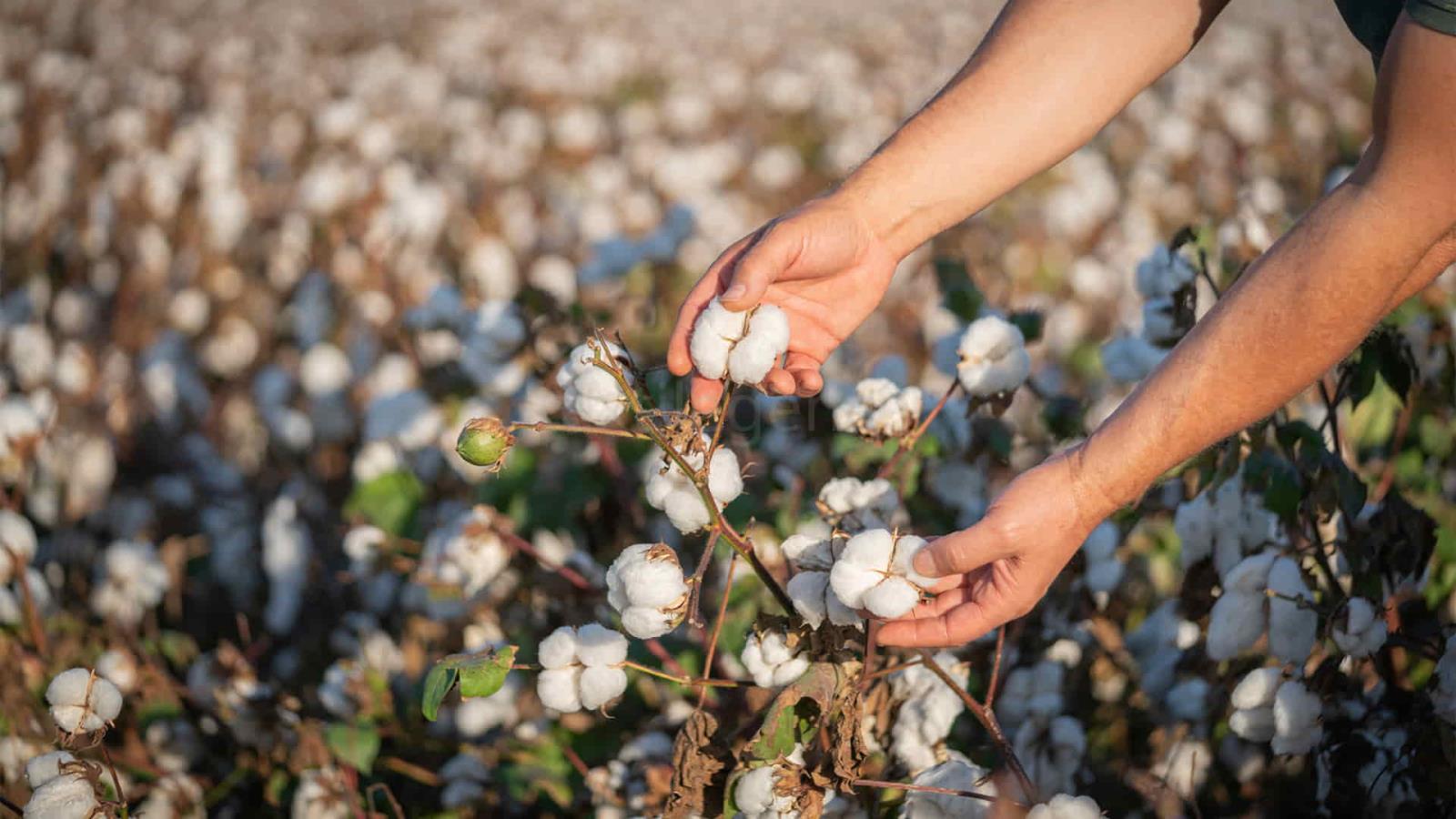
Türkiye's Current Position in Global Cotton Production
Cotton is a vital agricultural commodity for Türkiye, both economically and industrially. It is a warm-climate crop that requires five to six months from planting to harvest, and its growth is highly dependent on soil temperature and moisture. The top six cotton-producing countries globally are China, India, the United States, Pakistan, Brazil, and Uzbekistan, with Türkiye ranking seventh. Despite its relatively smaller production volume compared to these countries, Türkiye remains a crucial player in the global cotton market due to its high yield per unit area and strong textile industry.
Doğanlar stated that Türkiye ranks 11th in global cotton cultivation area, fifth in fiber cotton yield per unit area, and fourth in both cotton consumption and imports. This underlines the country's significant role in the global textile and apparel industries.
Türkiye's primary cotton-growing regions are concentrated in the Aegean, Mediterranean, and southeastern Anatolia. The southeastern province of Şanlıurfa leads domestic cotton production, accounting for 42% of the country's total yield. It is followed by Diyarbakır (14.4%), Aydın (11.6%), Hatay (8.8%), İzmir (5.5%), and Adana (4.1%). However, climate change threatens the future of cotton farming in these regions.
Climate Change's Impact on Cotton Production
Cotton cultivation is highly water-intensive, relying on both rainwater (green water) and underground flows (blue water). Annually, approximately 3.68 billion cubic meters of blue water are used for cotton farming in Türkiye. The green and blue water footprint per ton of cotton ranges from 205 to 1,641 cubic meters, depending on environmental conditions.
Doğanlar warns that climate change is already affecting cotton production, primarily through:
- Rising temperatures: Higher temperatures shorten the growing season and reduce yield.
- Water shortages: Increased irrigation needs due to declining rainfall put pressure on water resources.
- Extreme weather events: Unpredictable weather patterns, including intense heat, cold snaps, and storms, affect plant growth and quality.
- Pest and disease outbreaks: Changing climate conditions make crops more vulnerable to pests and diseases, increasing production losses.
In recent years, excessive rainfall and droughts have disrupted sowing, forcing farmers to replant crops and deal with lower yields. The shortening of the growing season has directly impacted fiber quality, reducing both productivity and profitability. Over the past five years, Türkiye's cotton farmers have already suffered notable losses in both yield and fiber quality due to climate change.
The Future of Cotton Farming in Türkiye
As climate change continues, Türkiye's cotton production areas will likely shift northward. Doğanlar explained that warming temperatures could push cotton cultivation away from its traditional zones, particularly in southeastern and Mediterranean provinces, toward the Marmara and Black Sea regions.
While northwestern Türkiye, including the Marmara and Black Sea coasts, may become more suitable for cotton farming due to increased temperatures, these regions will face new challenges, such as:
- Excessive rainfall disrupting the growth cycle.
- Flood risks damaging crops.
- Increased humidity affecting fiber quality.
By the 2050s, Türkiye's cotton production landscape is expected to be significantly different from today, with some existing cultivation areas shrinking or disappearing altogether. If climate change progresses at its current rate, some regions may become entirely unsuitable for cotton farming.
Sustainable Solutions for Cotton Farming
Doğanlar also warned that cotton farming contributes to climate change due to fossil fuel usage and chemical fertilizers, which increase carbon emissions. To mitigate these effects, he recommends:
- Adopting sustainable agricultural practices to reduce environmental impact.
- Increasing the use of renewable energy sources in cotton farming.
- Reducing reliance on fossil fuels to lower emissions.
Despite these challenges, Türkiye can take steps to ensure the sustainability of its cotton industry by implementing climate-resilient farming techniques. Without significant action, however, Türkiye's cotton production will face increasing difficulties in the coming decades, threatening its position in the global textile market.